
Astronomical simulation software, multi-language, with remote telescope control
Perseus is an astronomical simulation software for Windows. It’s able to recreate the sky view as you would see it being in any time period and in any place, in Earth or Space. Perseus can represent a truly realistic sky, allowing real-time animations. It’s based on the most recent star databases, in order to give you access to an enormous amount of data, all easily manageable with a few clicks of your mouse. Perseus has been realized paying attention to every single detail. We do believe that any other similar program is no match for Perseus, especially regarding the graphics; Perseus is able to reproduce with extreme realism the astronomical phenomena, from nebulae to Saturn’s rings. Computation accuracy and precision is truly remarkable: on this subject, usually Perseus has proved itself equal or better to other similar programs. Perseus has been packed with many tools, whose purpose is to transform your PC in an excellent support for your observations. It’s able to substitute any paper catalogue or atlas, to help you foresee the sky conditions (clouds apart…) to help the planning and optimization of your observation sessions. It’s also able to control a remote telescope (10Micron compatible via ASCOM drivers) Perseus Level III offers these further features:
No compatible accessory
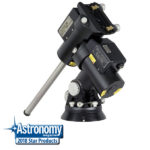
SKU: 10M1000
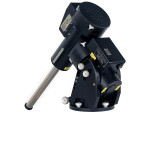
SKU: 10M2020
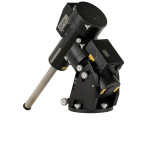
SKU: 10M2020U
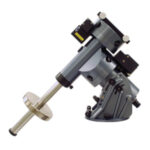
SKU: 10M2000
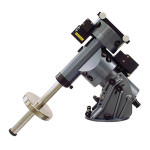
SKU: 10M2000u
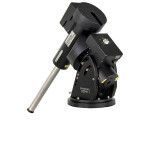
SKU: 10M3000
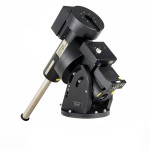
SKU: 10M4010
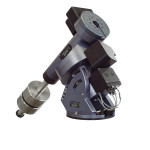
SKU: 10M4000
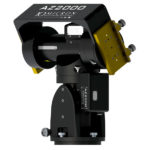
SKU: 10M2000AZC
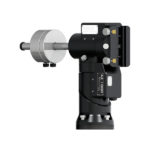
SKU: 10M1000AZ
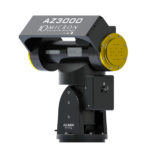
SKU: 10M3000AZ
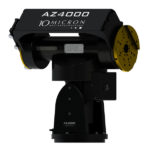
SKU: AZ4000
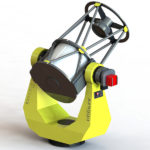
SKU: AZ5000
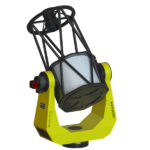
SKU: 10M6000DD

SKU: AZ8000
